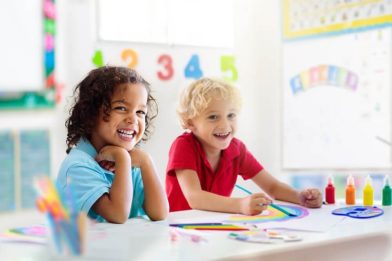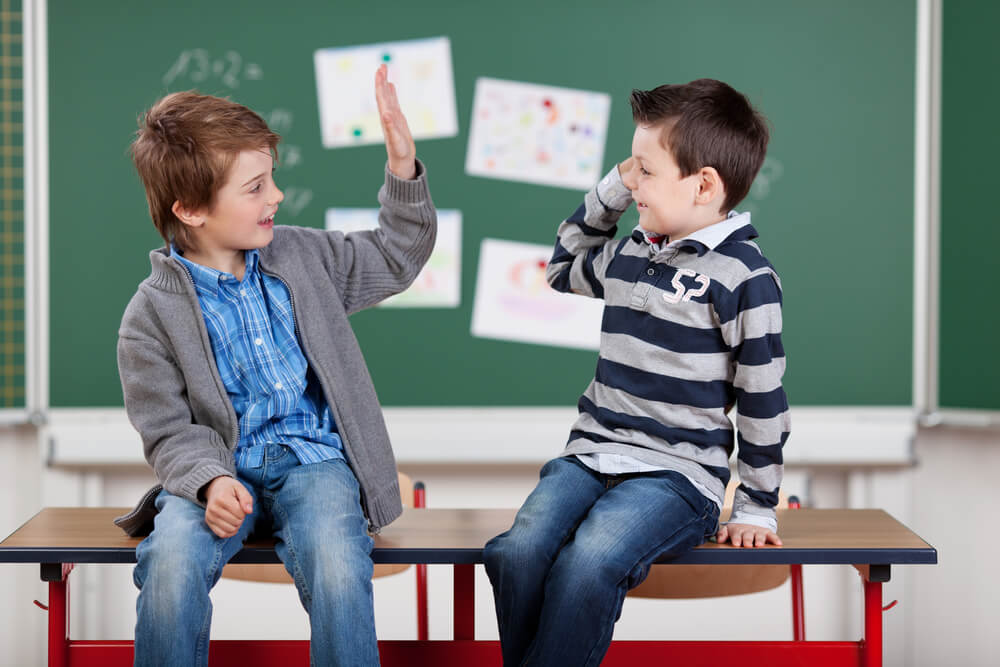20+ Best Mindfulness Activities for Kids and Teens
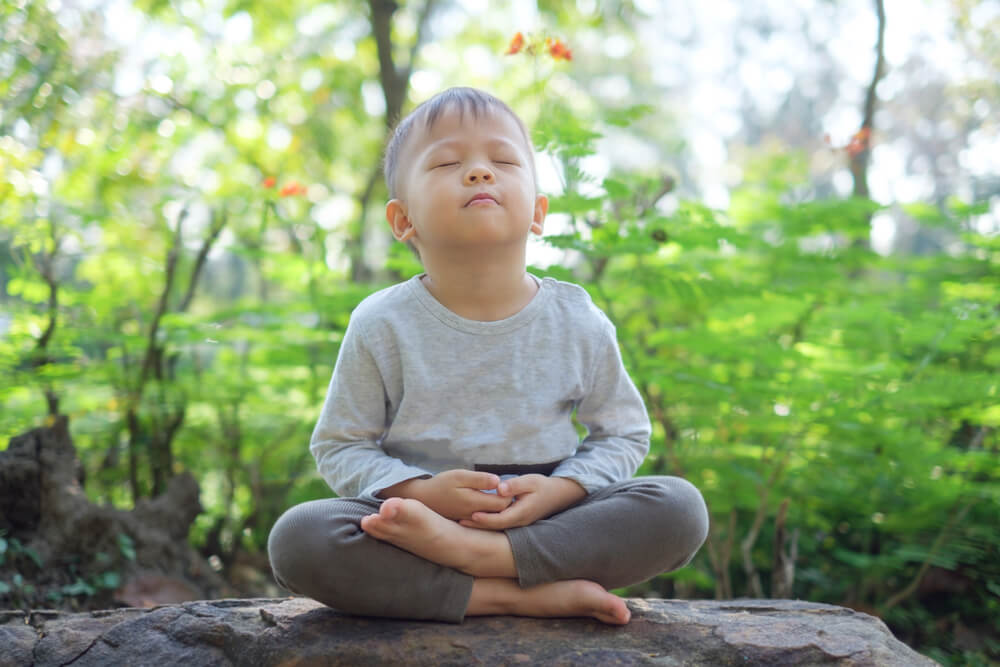
Mindfulness activities for kids are a wonderful way to help children and teens relax, release stress, and be present in the moment. We all know what it’s like to get caught up in overthinking or find ourselves hurrying from one task to the next without focusing on what we’re doing. Mindfulness techniques offer a great way for kids to ground themselves, manage their emotions, and boost both their physical and mental well-being.
Contents:
- Why Mindfulness?
- Teaching Essential Mindfulness Practices and Skills
- Mindfulness Exercises for the Very Young
- Mindfulness Activities for Kids in Preschool
- Mindfulness Activities for Kids in Elementary School
- Mindfulness Activities for Kids in Middle School
- Mindfulness Activities for Teens
- Mindfulness Games, YouTube Videos, and Apps to Support Your Teaching
- FAQs
Why Mindfulness?
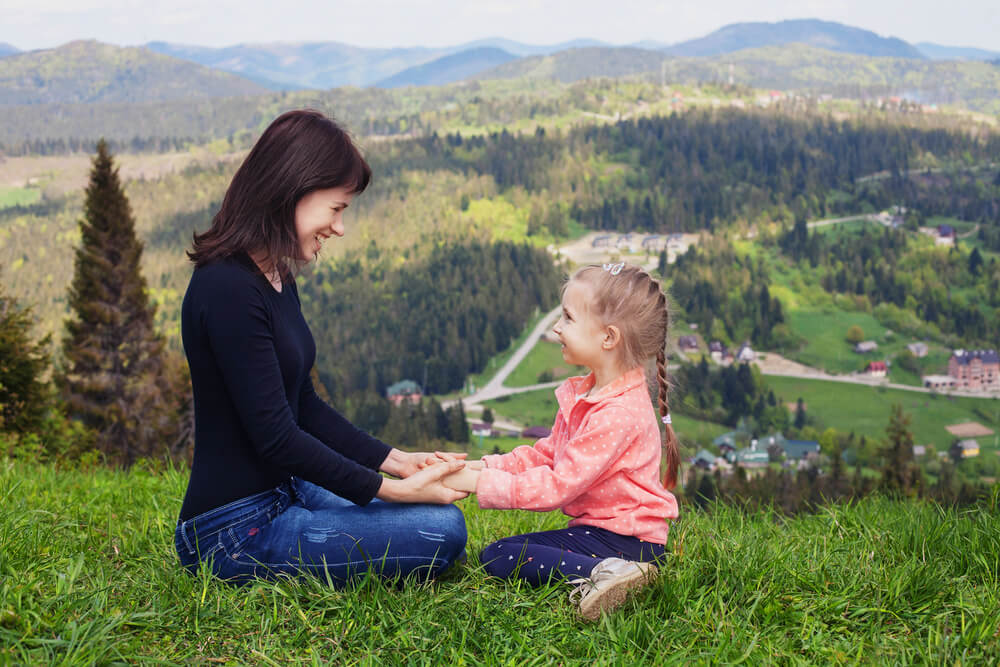
OlhaTsiplyar/Shutterstock.com
Teaching kids mindfulness exercises can not only help them to find emotional balance but even allow them to better handle the emotions they experience, without getting overwhelmed. Regular mindfulness practice is an effective way of helping kids calm down when they feel angry, distressed, or confused, and it gives them the space to come up with creative (rather than reflexive) solutions to a problem.
Children can reconnect with themselves and find equilibrium by focusing on the present moment and releasing past or future worries; best of all, mindfulness is a skill that will continue to benefit them as they go through life.
So now we’ve explored why mindfulness activities for kids are so worthwhile, let’s dive into how to teach basic mindfulness, and some example activities and techniques to try with your child.
Teaching Essential Mindfulness Practices and Skills
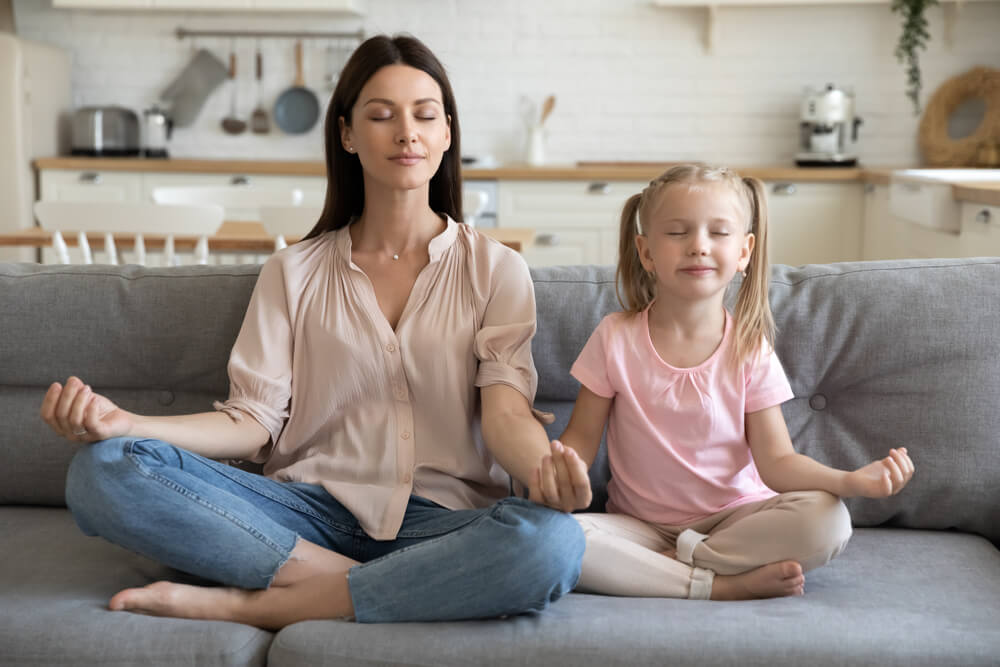
fizkes/Shutterstock.com
To teach mindfulness practices and skills to children, it’s important to first outline—in a basic way—what mindfulness actually is. The concept can be a little tricky for young children to understand: after all, the idea of staying still and not getting distracted is pretty much the opposite of being a toddler! Acknowledge that it can be challenging to get started and that it’s perfectly normal to need to keep bringing your focus back when it wanders—even for adults!
Getting started with teaching mindfulness practices as early as possible is advisable so that it becomes second nature to kids. However, it’s never too late to learn and practice mindfulness techniques; many people don’t start until well into adulthood and still experience all the benefits.
When first teaching children about the practice, keep things light and fun, and remove distractions if you can as they get to grips with this new skill. It’s a good idea to get especially young kids to practice a technique for just a short amount of time; say for five or ten minutes, and to keep things simple. This could be by blowing bubbles with your child and watching carefully as each one floats away, or sitting quietly and noticing the sounds from the outside world.
Mindfulness Exercises for the Very Young
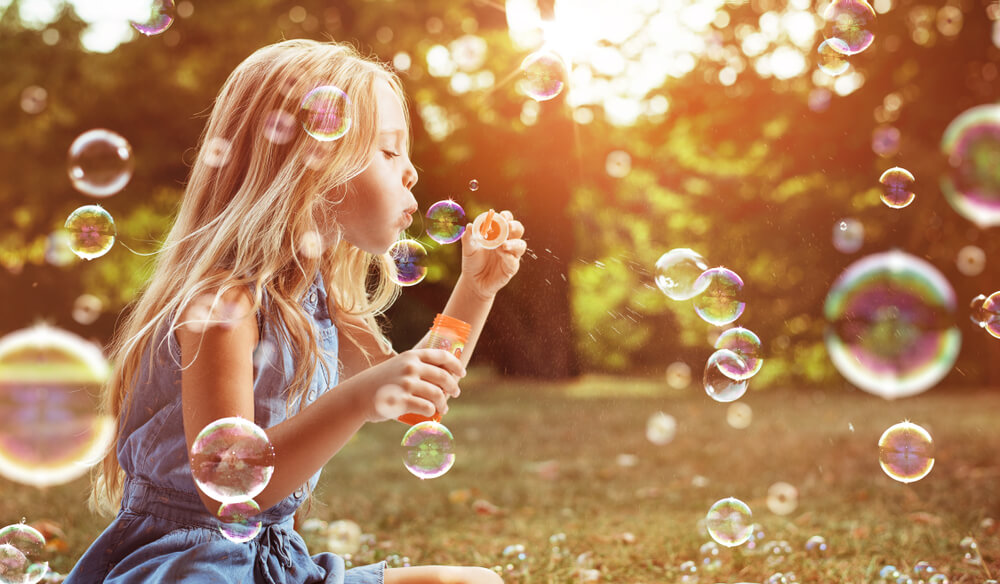
conrado/Shutterstock.com
Even the littlest of children can enjoy some peaceful mindfulness activities. Try one of these exercises with your toddler to start a lifelong mindfulness habit:
- Go on a noticeable nature walk together, to observe the surroundings using all the senses.
- Ask your little one to lie down and place their teddy bear on their tummy. As they breathe in and out, ask them to watch their teddy friend move with the rise and fall of their own chest.
- Try a simple guided meditation: ask your child to lie or sit comfortably, close their eyes, and then take them through a visualization. For example, ask your toddler to imagine they are lying in a beautiful meadow, with the blue sky above them. Ask them to notice the shape and movement of the clouds, the feeling of the grass on their arms, and the sound of the wind gently sifting through the field.
- Have your child imagine they’re an animal—a monkey, say, or an elephant—and then move around the space as if they’re that creature, thinking about how they’re using each part of their body as they do so.
Mindfulness Activities for Kids in Preschool
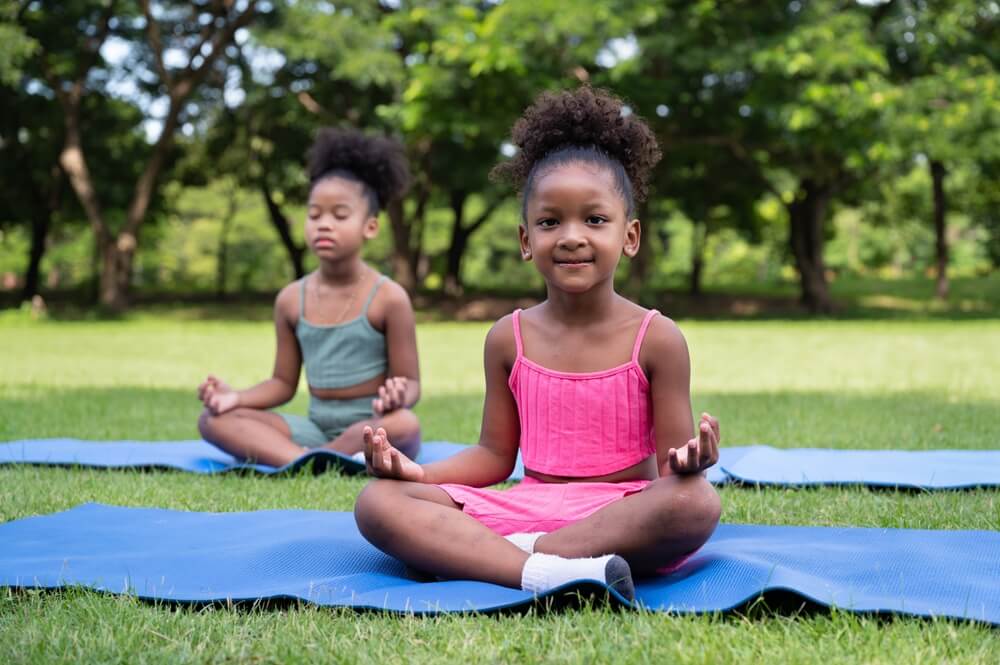
Chachamp/Shutterstock.com
Mindfulness for preschoolers is easy to teach, and fun, too! Below you’ll find some wonderful techniques to practice either with an individual child or a group of kids.
Individual Activities
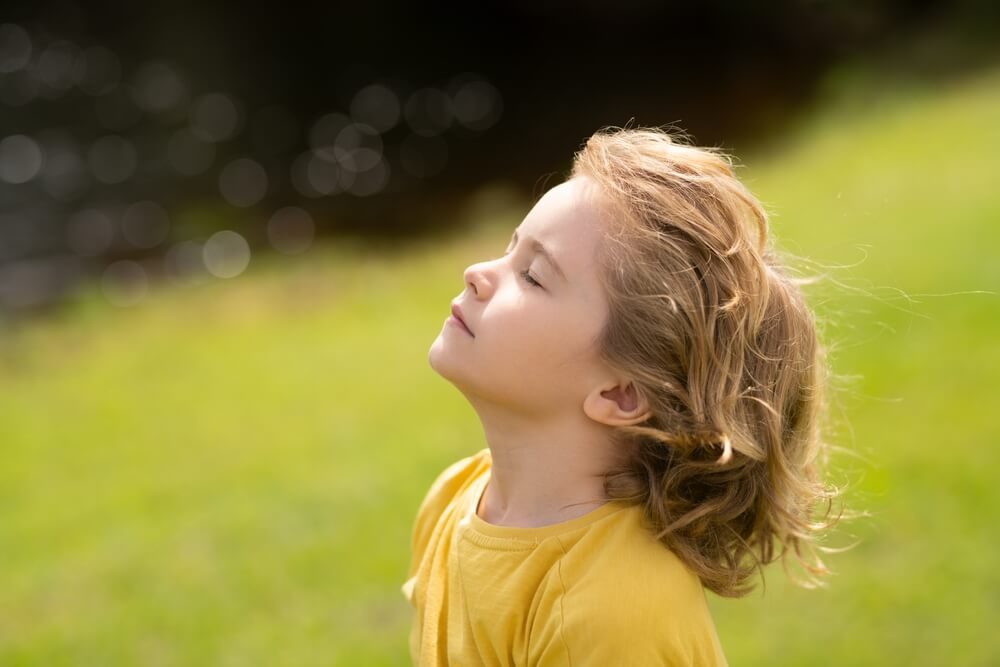
Volodymyr TVERDOKHLIB/Shutterstock.com
Pinwheel Breathing
Show your child how to practice the Pinwheel Breathing technique. Simply hold a pinwheel, take a deep breath in, and then breathe out onto the pinwheel to make it spin. Watch it go round, and show your child how they can control the speed of the spin with their breath. Now ask them to have a go themselves, focusing on the ways the wheel spins.
Easy Yoga Exercises
Some easy yoga poses are a great way to endorse mindfulness. Kids will love the Tree pose, where they stand on one leg with their hands pressed palm-to-palm. Once they’ve mastered balancing in this position, ask them to move their arms away from their body, and sway their ‘branches’! Loads of yoga poses can be adapted for toddlers or children in kindergarten, so take a look at some basic yoga sites for inspiration.
Mindful Self-Portrait
A wonderful way to slow down and get creative, asking your child to draw or paint a mindful self-portrait can help them stay in the present moment and fully focus on a stimulating task. This form of self-expression is also an effective way for kids to get in touch with their emotions, and express them through their art.
Group Activities
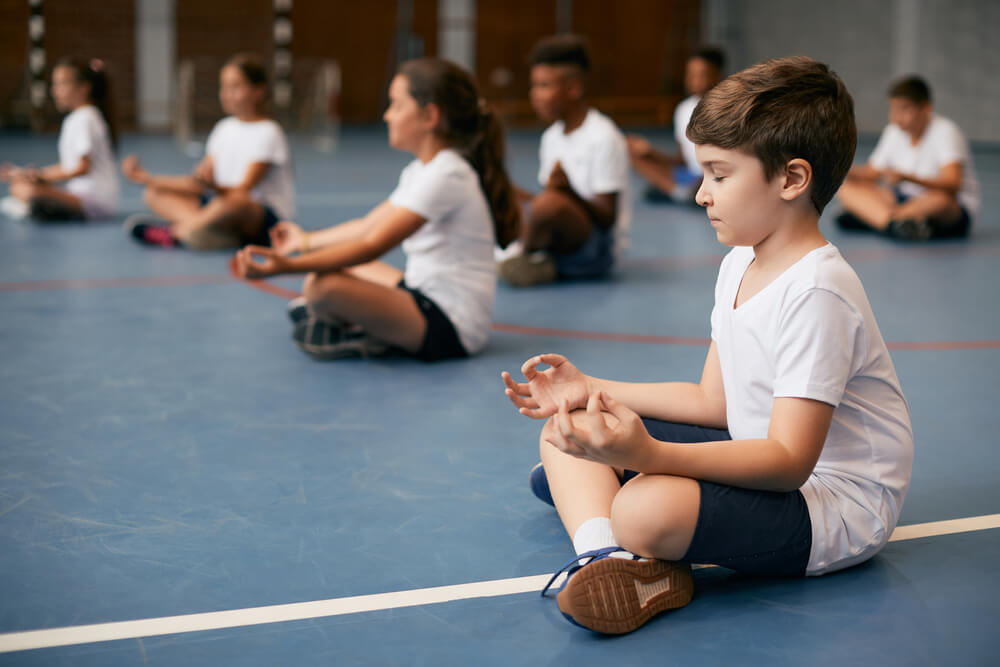
Drazen Zigic/Shutterstock.com
Jack Be Nimble Game
For kids, often the best way of introducing a practice of mindfulness is through a fun mindfulness game, and Jack Be Nimble is perfect for a group. Get children to walk around in a large circle as they concentrate on their breathing; the aim is not to bump into anything or anyone. Have the kids see how quiet they can be as they walk.
The Mindful Wiggle
Use the Mindful Wiggle exercise to help kids quickly calm down, transition from one activity to another, or when they’re feeling stressed, frustrated, anxious, or simply over-excited. Ask kids to stop, take in a deep breath, and then let it out as they wiggle their arms and legs around. Repeat a few times for the best effect!
Mindful Thinking
Ask the group of children to sit in a circle and give each something to hold, with different tactile qualities. These items could be, for example, smooth pebbles, leaves, or shells. Now ask the kids to close their eyes, and focus on their breathing and the sensation of the item in their hands.
Mindfulness Activities for Kids in Elementary School
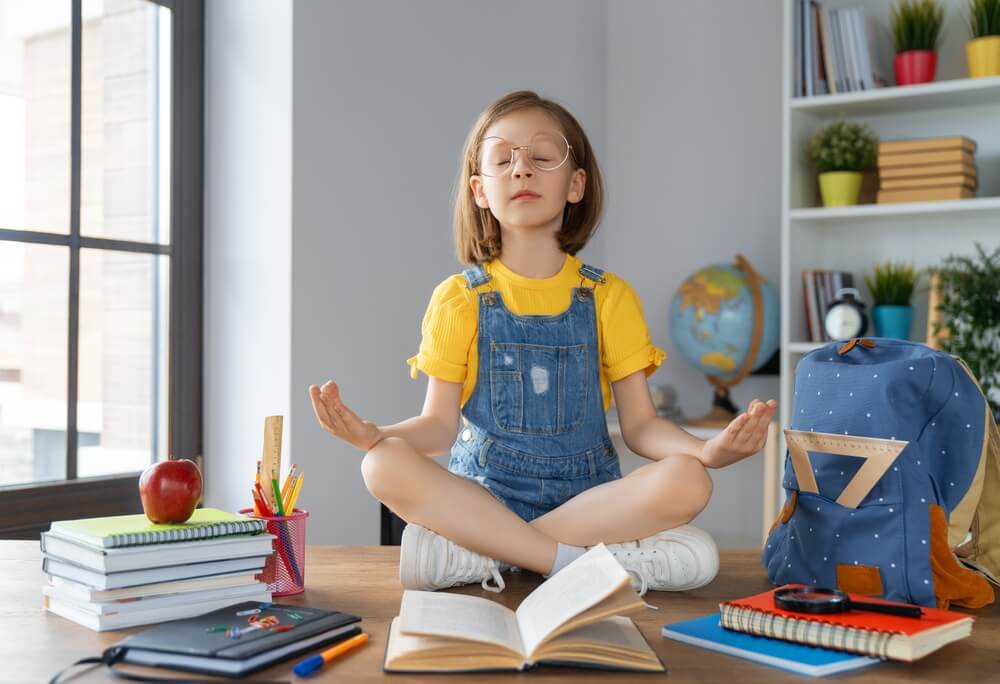
Yuganov Konstantin/Shutterstock.com
The mindfulness activities and techniques below are all great to introduce to elementary-age kids. They’re designed to be enriching and deeply nurturing, and to help children connect with their emotions and find a moment of peace in their day.
Individual Activities
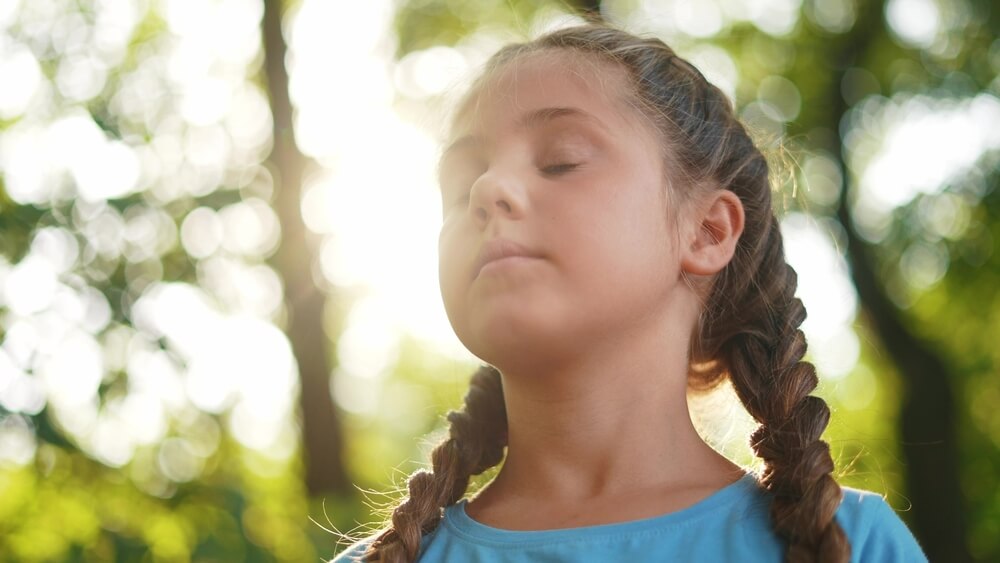
ibragimova/Shutterstock.com
Free Writing
Regular practice of journaling is the perfect way to incorporate mindfulness into your child’s daily life. Supply kids with paper and encourage them to free-write, with no rules or expectations around content or format. It could be free-flowing thoughts, a poem, a story, or even a list. The most important thing is that they write without restrictions.
Teach Kids to Knit
Mindfulness exercises for kids don’t get much better than teaching your child to knit! As well as helping them to develop a useful skill, the simple process of knitting itself, with its repetition and need to focus on each stitch, makes it a lovely way for children to find peace and time for reflection on even the busiest of days.
Get Grounded
Stand outside with your child barefoot and ask them to notice the sensations: the warmth of the stone or the tickliness of the grass beneath their feet. Suggest they imagine themselves connected to the Earth, and visualize their energy flowing into the Earth and the Earth’s energy flowing into them so that they’re connected to all the growing things around them.
Group Exercises
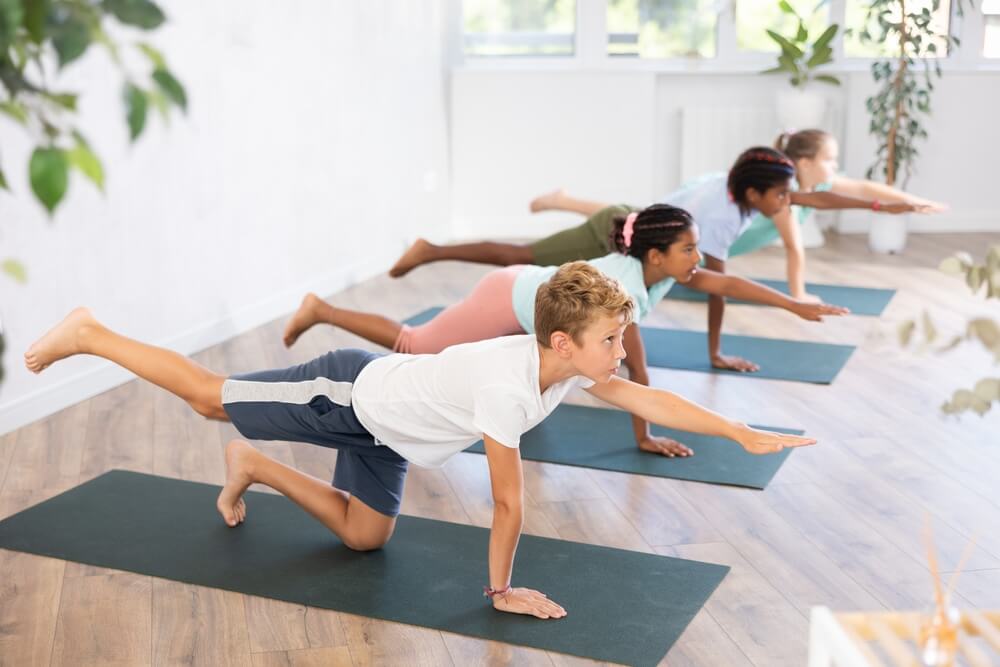
BearFotos/Shutterstock.com
Quiet Color Hunting
Give each child a sheet of paper with a list of colors, and space next to each to write. Now have the kids search the house, room, or outdoor space for an item of each color, noting down the items next to the relevant color. Ask children to work individually, and as quietly as possible!
Mindful Music Listening
Sit children in a circle and play a piece of music: it can be any type, from classical music to a pop tune. Now play the same piece of music again but, before you do, ask the children to listen extra carefully, and to pay attention to every part of the song. Ask them to listen out for the loud sections, the quiet parts, the lyrics, and the different instruments playing. Once the track has finished, go around the circle and invite each child to describe something they noticed on the second listen that they didn’t hear on the first.
Right Now I…
Give each child a worksheet with the following printed on it—kids complete the sentences:
Right now I see…
Right now I am touching…
Right now I hear…
Right now I smell…
Right now I feel…
This is a simple but effective way for kids to be more present in the moment, and aware of their surroundings, sensations, and feelings.
To ensure your child’s safety and monitor their activities, consider using the Findmykids app. This app allows you to track your child’s location, manage screen time, and stay informed about their well-being. Download Findmykids today and gain peace of mind while supporting your child’s healthy development!
Mindfulness Activities for Kids in Middle School
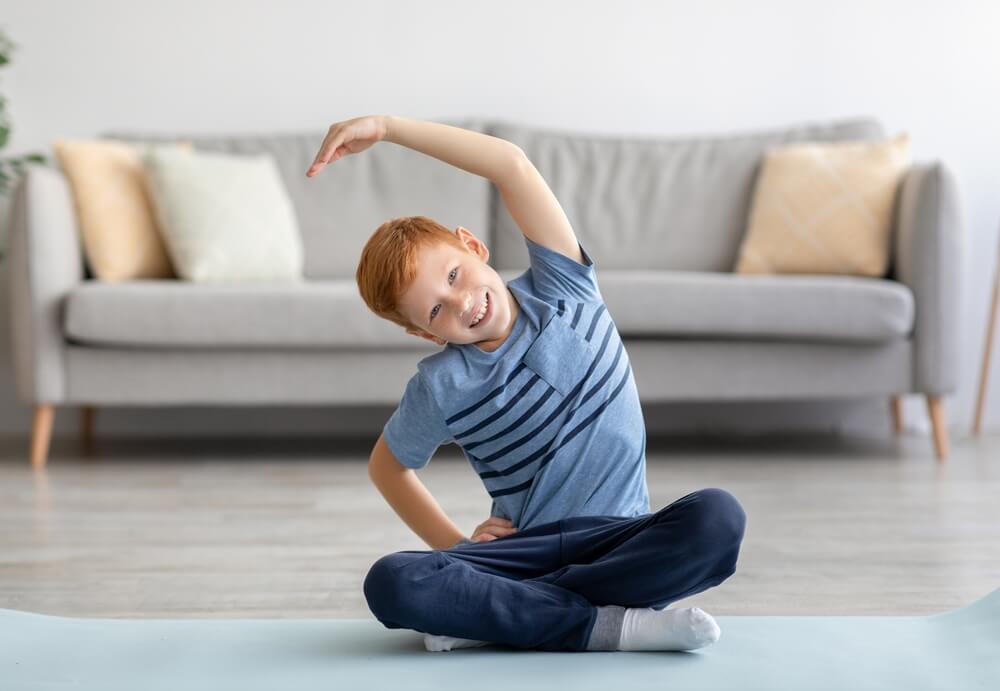
Prostock-studio/Shutterstock.com
The mindfulness activities below are slightly more in-depth or complex, and older kids will enjoy learning about this new practice, or expanding their existing repertoire of mindfulness techniques!
Individual Activities
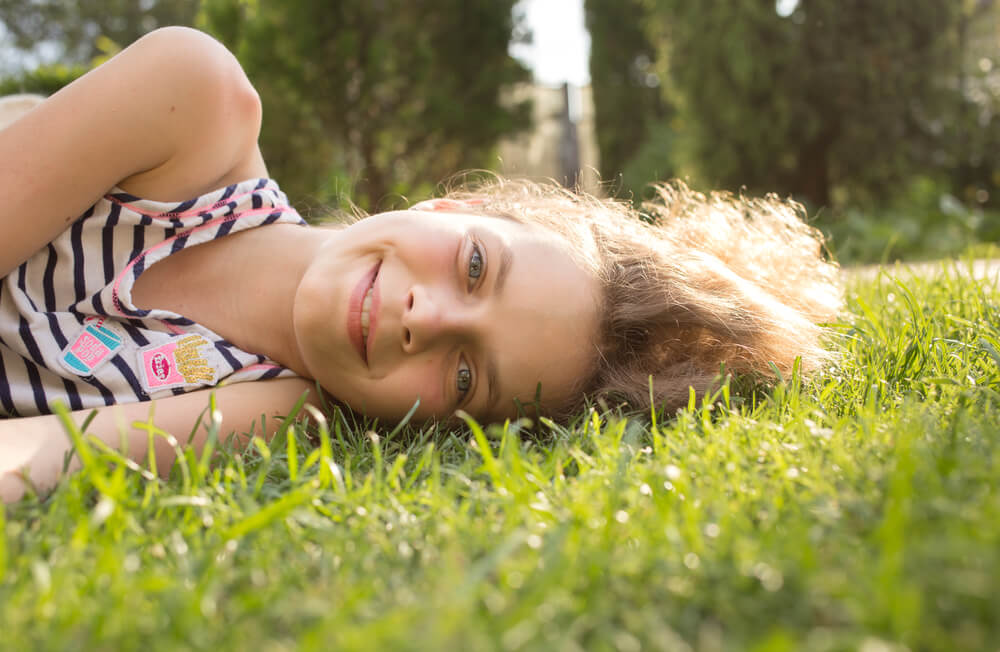
Anna Pasichnyk/Shutterstock.com
Muscle Relaxation Exercise
Many adults have used this mindfulness technique to relax and release tension, and it works just as well for kids, too. Ask your child to lie down or sit comfortably, and close their eyes. Next, have them imagine each part of their bodies, starting with their toes. Ask them to become aware of their toes, and then to relax each one, before moving on to the ankles, the lower leg, the knee, etc, until they get to the very top of their head!
The 4-7-8 Mindful Breathing Exercise
Once your child knows this mindful breathing exercise, they can use it any time they need to calm down, ground their emotions, or relax when feeling stressed. Once your kid is seated or lying down comfortably, ask them to breathe in through their nose for four seconds, then hold their breath for seven seconds, then breathe out forcefully for eight seconds. Repeat this pattern for a few minutes.
Mindfulness Raisins!
Before beginning, it’s important to note that this exercise can be undertaken with any type of food that your child likes. The idea is to encourage kids to slow down, and give their full attention to a simple, everyday activity: in this case, eating! Ask your child to start by holding the raisin, thinking carefully about its texture, color, etc. Now have them smell it, again paying close attention to their senses. Finally, get them to put the raisin in their mouth and, as they chew it, notice how its feeling changes, and the raisin’s flavor, before swallowing it.
Group Activities
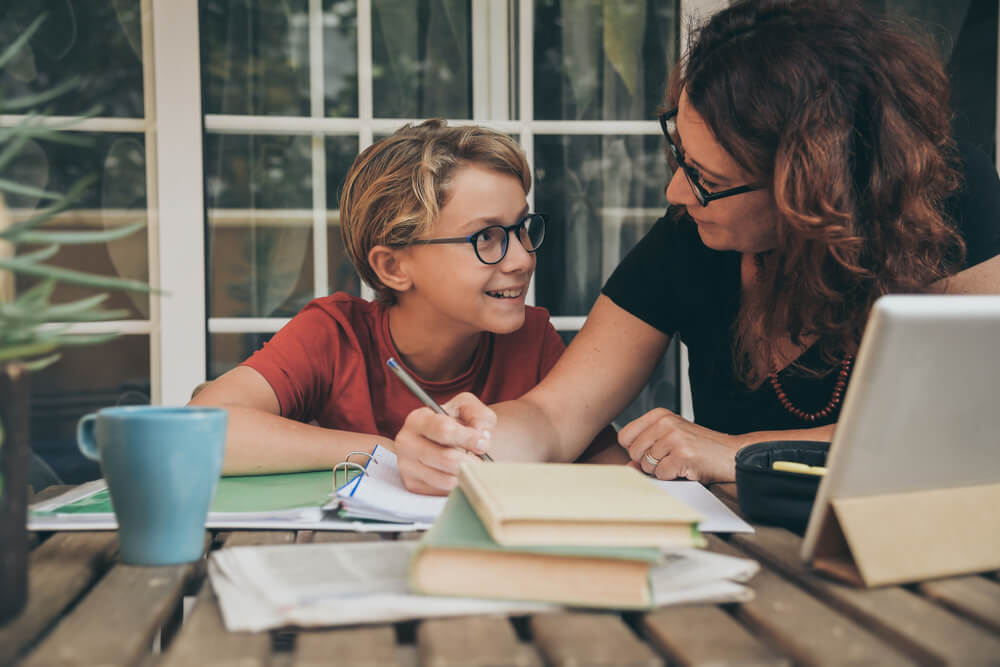
Fabio Principe/Shutterstock.com
Mindfulness Bingo
This lovely group activity for middle schoolers is sure to be a hit. Create a ‘bingo sheet’ with six to nine entries. These could be, for example, ‘find something smooth,’ help a family member,’ make someone laugh’ and ‘listen to a song you love.’ Kids can see how many boxes they can tick off by the end of the day.
Teach Kids the STOP Mindfulness Method
Teach a group of kids the STOP method and they’ll have a tool they can use again and again when they need to reconnect and check in with themselves. Have the children start by standing up and breathing (S) and then tune into their bodies, noticing the physical sensations they’re experiencing (T). Next, ask them to observe what their body is telling them (O) and then pick from the possibilities (P). What could happen if they take action based on the information their body is telling them? How could this be a positive turning point in terms of the day ahead?
Expressing Gratitude
Mindfulness promotes feelings of gratitude as it makes the practitioner more aware of the good things going on in their life at this very moment: the feeling of the sun on their skin, the sound of music, and the luxury of relaxing in a comfortable chair. Asking children to write down three things they’re grateful for every day, or three things they can see in the space they’re in that they’re grateful for, is a simple way to nurture mindfulness and an attitude of gratitude.
Mindfulness Activities for Teens
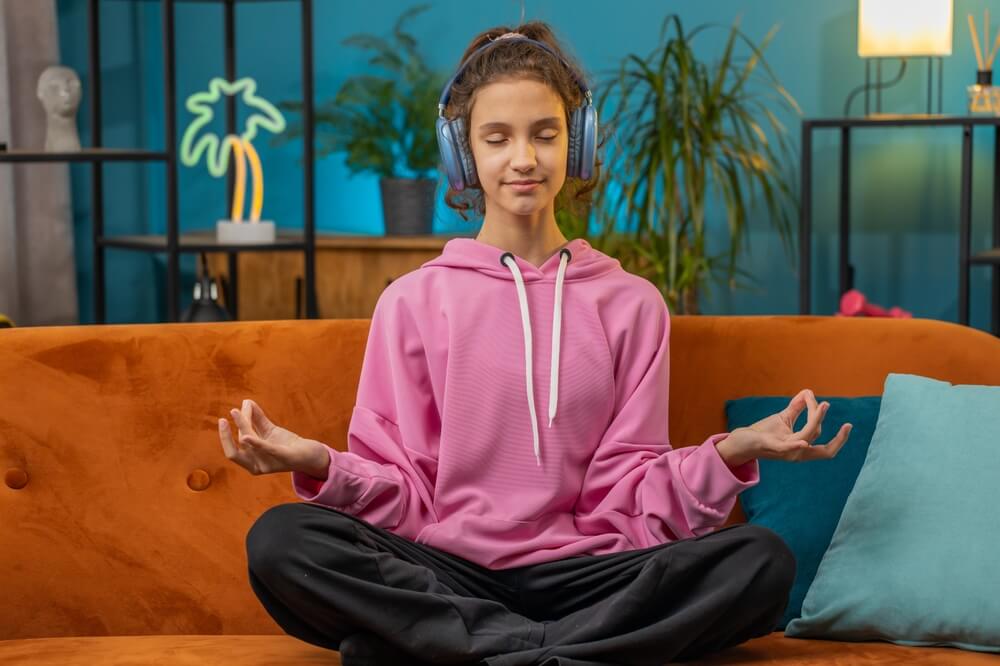
Andrii Iemelianenko/Shutterstock.com
And finally, below you’ll find a selection of mindfulness techniques for teens. At this age, mindfulness is likely to be particularly useful for your child, as they navigate an often challenging age, along with more rigorous academic expectations,
Mindfulness Word Meditation
Ask your teen to get themselves comfortable, close their eyes, and choose a word that feels soothing to them. This could be ‘peace,’ ‘calm,’ ‘sunlight,’ or whatever seems right to them. Have them say the word in their mind, once as they breathe in and again as they breathe out, keeping their attention on their chosen word. Reassure them that it’s completely normal for the attention to wander and, when this happens, they should simply bring their thoughts back to their word as they breathe in and out. Suggest they start by spending one minute doing this meditation and, over time, see if they can build up to five minutes—or beyond!
Switch from Multi-Tasking to Mono-Tasking
Like most of the mindfulness techniques and exercises we’ve included here, this one is likely to be just as beneficial to parents as it is to kids! The idea is to teach teens the difference between multi-tasking, where we are doing multiple tasks at once, with our attention all over the place, and mono-tasking, in which we retain a deep focus and concentration on a single activity. For students, embracing mono-tasking where possible can both reduce stress and boost productivity.
Alternate Nostril Breathing
This mindful breathing technique may not have the most attractive name, but it’s a powerful way to quickly regain balance and feel calm and may be especially useful for teens who are nervous about a test or exam. It helps regulate breathing and relax the nervous system and can be practiced whenever your child can grab a few moments of quiet. All they need to do is gently place their thumb on their right nostril, and then breathe slowly through the left nostril. Now have them switch nostrils, and repeat the process a few times until they feel less tense.
Mindfulness Games, YouTube Videos, and Apps to Support Your Teaching

Dean Drobot/Shutterstock.com
There are plenty of resources out there to support teaching mindfulness to kids, from preschoolers all the way up to teens. For some great games and activities (including printables), check out these websites:
There is also a wide range of YouTube videos available you can use to help make mindfulness part of everyday class or home life.
Have a look at these to get started.
For Kindergarteners
- 30 Second Breathing Exercise. Super shot and simple!
- Mindful Breathing Meditation for Kids. Sloth Cartoon Video
- Grow Into A Tree: Confidence Boosting, Mindfulness Activity For Young Kids
- Cosmic Kids Zen Den
For Kids in Elementary School
- Hot Cocoa Breathing Exercise for Kids: Mindfulness Brain Break Video
> - Thought Bubbles! For Anxiety & Worry
- Get Back on Track | Meditation for Kids | GoNoodle
- Two minutes Mindfulness: Balloon Breaths/Belly Breaths. Breathing exercise for Children
For Middle School Students
- Headspace | Mini Meditation | Let Go of Stress
- Mindfulness for Middle School Students | Child Mind Institute
- Coping Skill for Middle School and High School Kids: Taking Deep Breaths
- Heartbeat: A Mindfulness Exercise to Calm Your Emotions
For Teens
- Guided Imagery Exercise for Kids and Teens
- Mental Health Metaphors – Mindfulness for Teens
- 5 minute Guided Meditation for Teens
- Headspace | Mini meditation | Breathe
And if you’re looking for mindfulness apps to support your child’s mindfulness practice? There’s a tonne to choose from!
Take a look at these.
Headspace
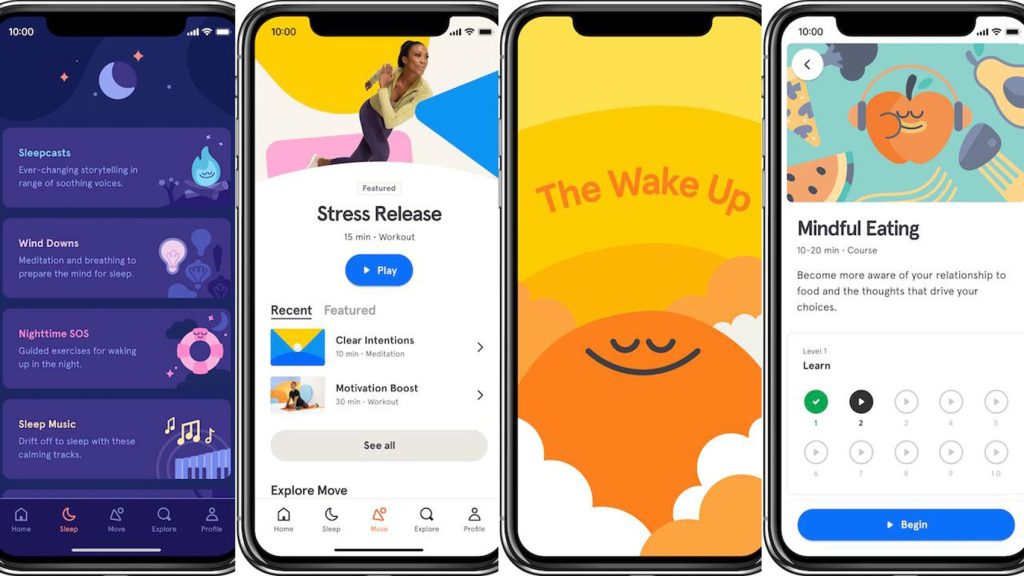
Credit: plati.market
Designed to teach kids how to effectively meditate, and build this practice into their everyday lives, the Headspace app is currently offering a fourteen-day free trial, so you can try it out before committing to a monthly fee.
Calm Kids
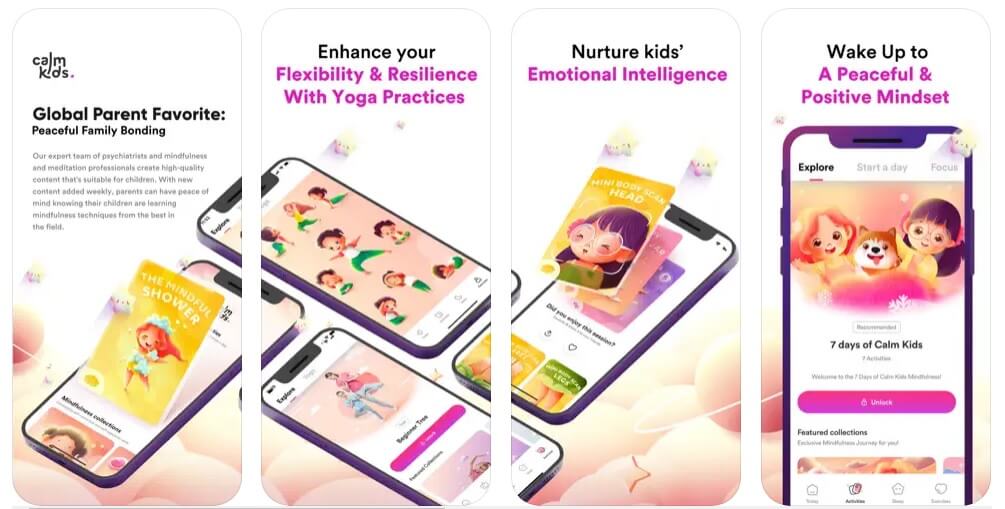
Credit: AppStore
Download the Calm Kids app to help teach mindfulness and yoga to kids. The tool focuses on building resilience, and emotional intelligence, and giving children the tools they need to cope with the stresses and anxieties of daily life. And it’s free!
DreamyKid
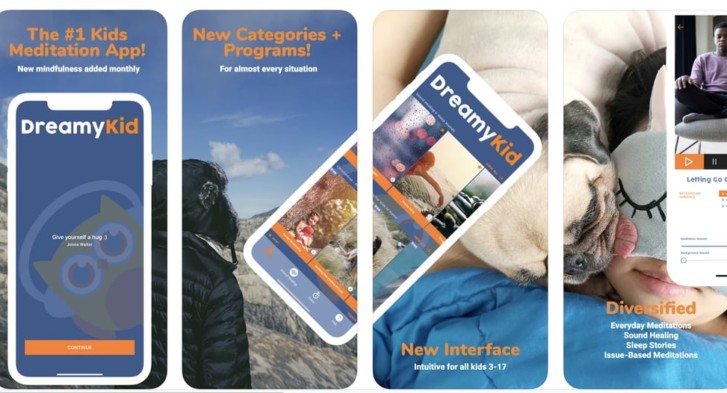
Credit: dreamykid.com
This free-to-download app features a wealth of mindfulness and meditation resources specially designed for kids. You’ll find meditations for sleep, guided journeys, positive affirmations, daily inspirational quotes, sound healing, soothing background ambiance music, and much more here.
Moshi
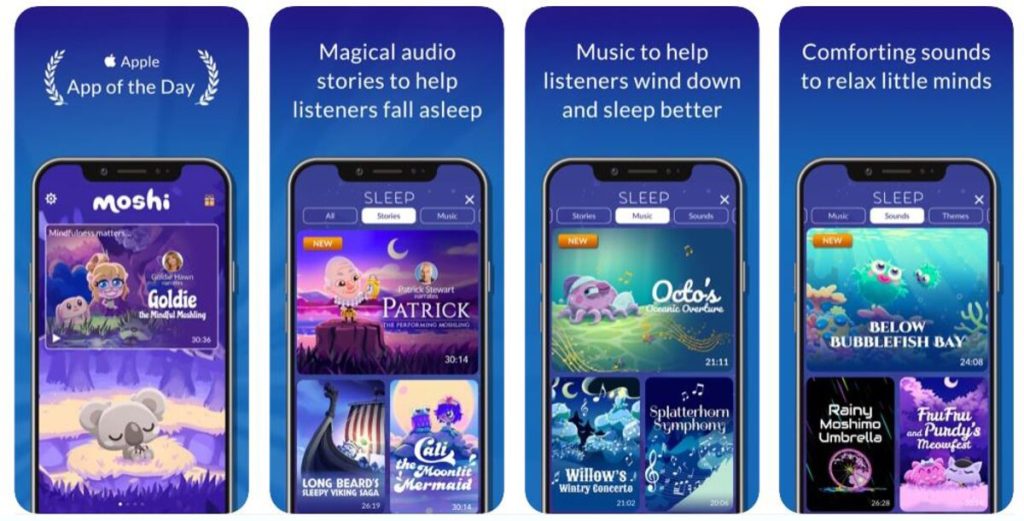
Credit: Moshi Twilight Sleep Stories
With a focus on meditation, relaxation, and promoting peaceful sleep, this popular app features over 1,000 songs, stories, sounds, meditations, and breathing exercises that aim to both promote calm and add some magic to your child’s daily life. Check out Moshi on a free trial for seven days before fully signing up to see how well it suits your kid.
Calm
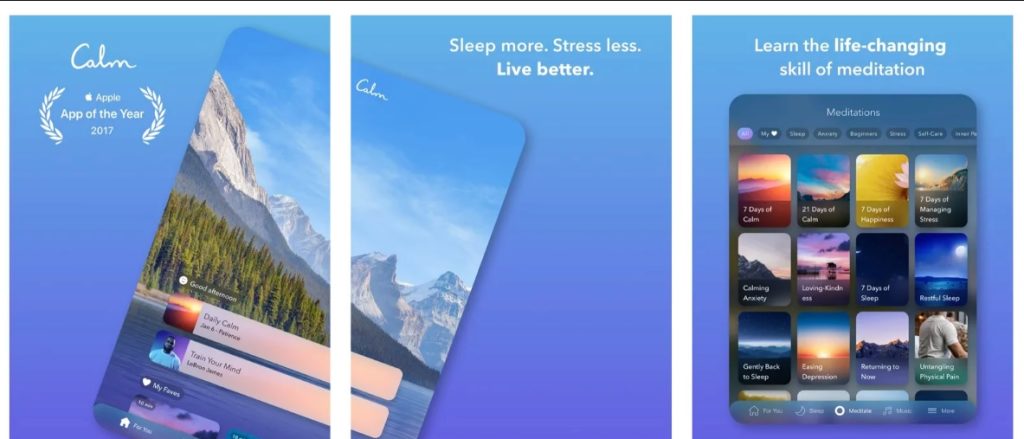
Credit: popsugar.com
Perfect for older kids and teens, Calm also offers a free trial period. This app gives users the tools to relax fast when stress strikes, sleep better, and live more mindfully. As well as guided meditations and soothing music, Calm offers daily guided programs to suit any schedule.
Final Thoughts: Making Mindfulness Part of Your Child’s Daily Life
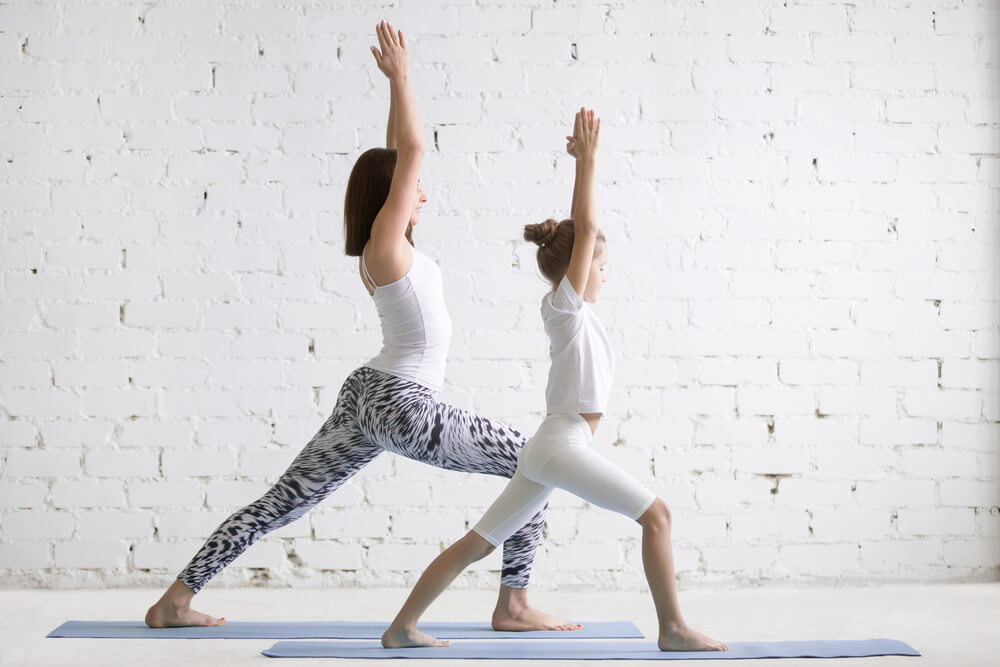
fizkes/Shutterstock.com
There are so many great reasons to get your child started on a mindfulness journey—that could take them through their whole life! Mindfulness delivers many benefits, from instantly bringing calm to helping children be more aware of their feelings and those of others.
As we’ve explored above, there are near-endless ways to make a mindfulness practice a part of your child’s life—and your own. Choose the techniques or games from our list that best suit your kid’s age, personality, and preferences, and try them out. Why not get experimental, too, and create your own practices to enjoy as a family?
Do you already practice mindfulness with your child, or as a family? What techniques, activities, or games did you find to be most effective; were there activities where the results surprised you? We’d love to hear your stories—drop us a line in the comments box below!
FAQs
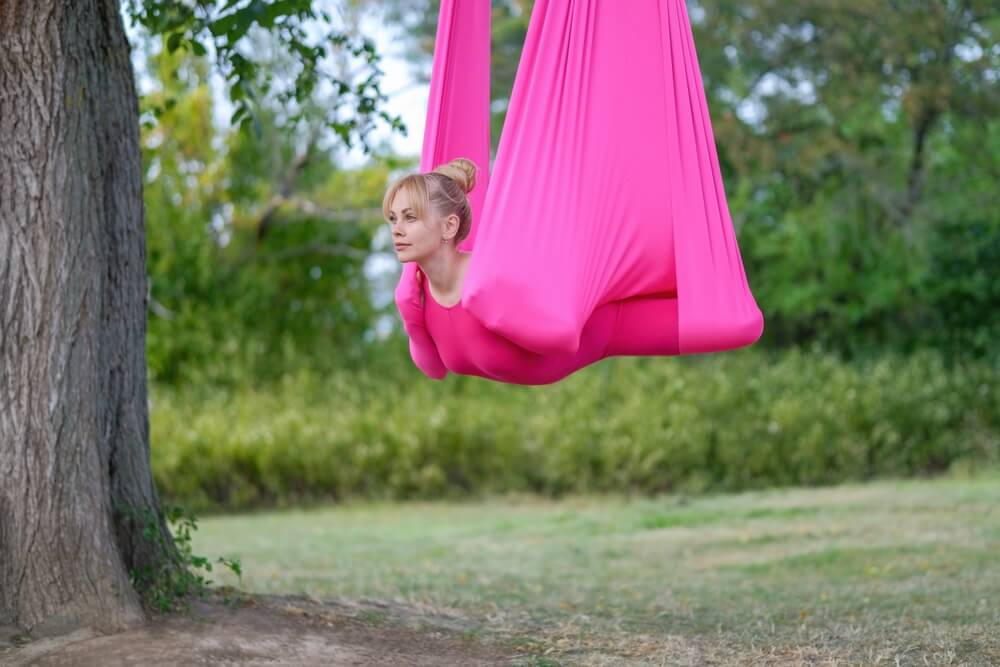
serhii.suravikin/Shutterstock.com
How can kids practice mindfulness?
There are near-infinite ways that children can practice mindfulness, from the very young all the way up to teenagers, and beyond! Choose a simple practice or technique for preschoolers or kindergarteners to introduce the concept of mindfulness, and continue to explore activities as they grow. The mindfulness activities above have been arranged in age order, so you can identify the ones likely to be most suitable for your child.
What are the two-minute mindfulness activities for kids?
Two-minute mindfulness activities for kids are typically breathing exercises, where kids focus on their breathing for two minutes, breathing deeply in, holding their breath briefly, and then breathing fully out. This technique is an effective way to promote calm and bring children’s attention to the present moment.
What is an example of a mindfulness activity?
An example of a mindfulness activity could be intentionally undertaking an everyday task (such as handwashing or drawing a picture) while maintaining our full focus and attention on the work at hand, noticing everything we are feeling and sensations we are experiencing.
How to teach mindfulness in the classroom?
There are lots of ways to go about teaching mindfulness in the classroom. Teachers could try introducing kids to a fun mindfulness game, such as Jack Be Nimble, or have children sit in a circle and practice mindfully listening to music. You can find more information on both these activities—and many more—in the article above.
The picture on the front page: Yaoinlove/Shutterstock.com
Проверьте электронный ящик















